Utsunomiya Station
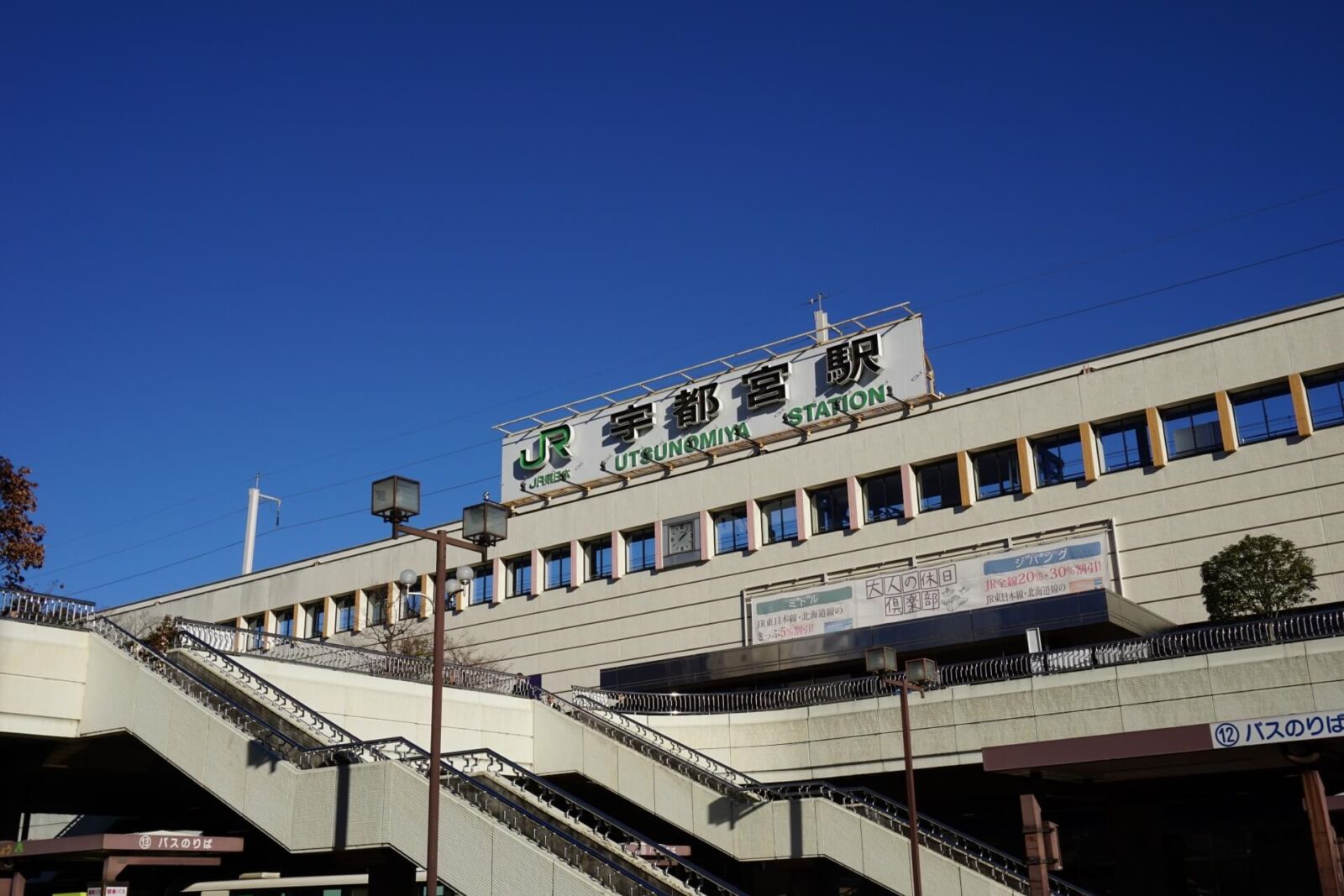
Utsunomiya Station is the main station in the city of Utsunomiya in Tochigi Prefecture. While the city itself doesn’t have a great deal to attract the attention of international visitors, it is the nearest Shinkansen / ‘Bullet Train’ station to the World Heritage-listed shrines and temples of Nikko, making it a popular transit point for many visitors. On this page you will find the following information:
— Train Lines / Services to Utsunomiya Station
— Rail Passes Covering Travel to Utsunomiya
— Purchasing & Activating a JR Pass
— Utsunomiya City Tourist Information
— 20 Things to Do Around Nikko & Where to Stay
Utsunomiya Station is easy to reach thanks to the Tohoku Shinkansen running from Tokyo Station to Shin-Aomori Station. Some services on the Yamagata Shinkansen branch line also operate from Utsunomiya. A couple of local lines run to and from Utsunomiya Station, including the JR Nikko Line that connects it to JR Nikko Station and its World Heritage-listed shrines and temples – see ’20 Things to Do Around Nikko & Where to Stay’ for further details.
It is important to note that this page is intended for international visitors who will primarily be interested in using the shinkansen and does not include complete information about all services and facilities at the station.
TRAIN LINES / SERVICES TO UTSUNOMIYA STATION
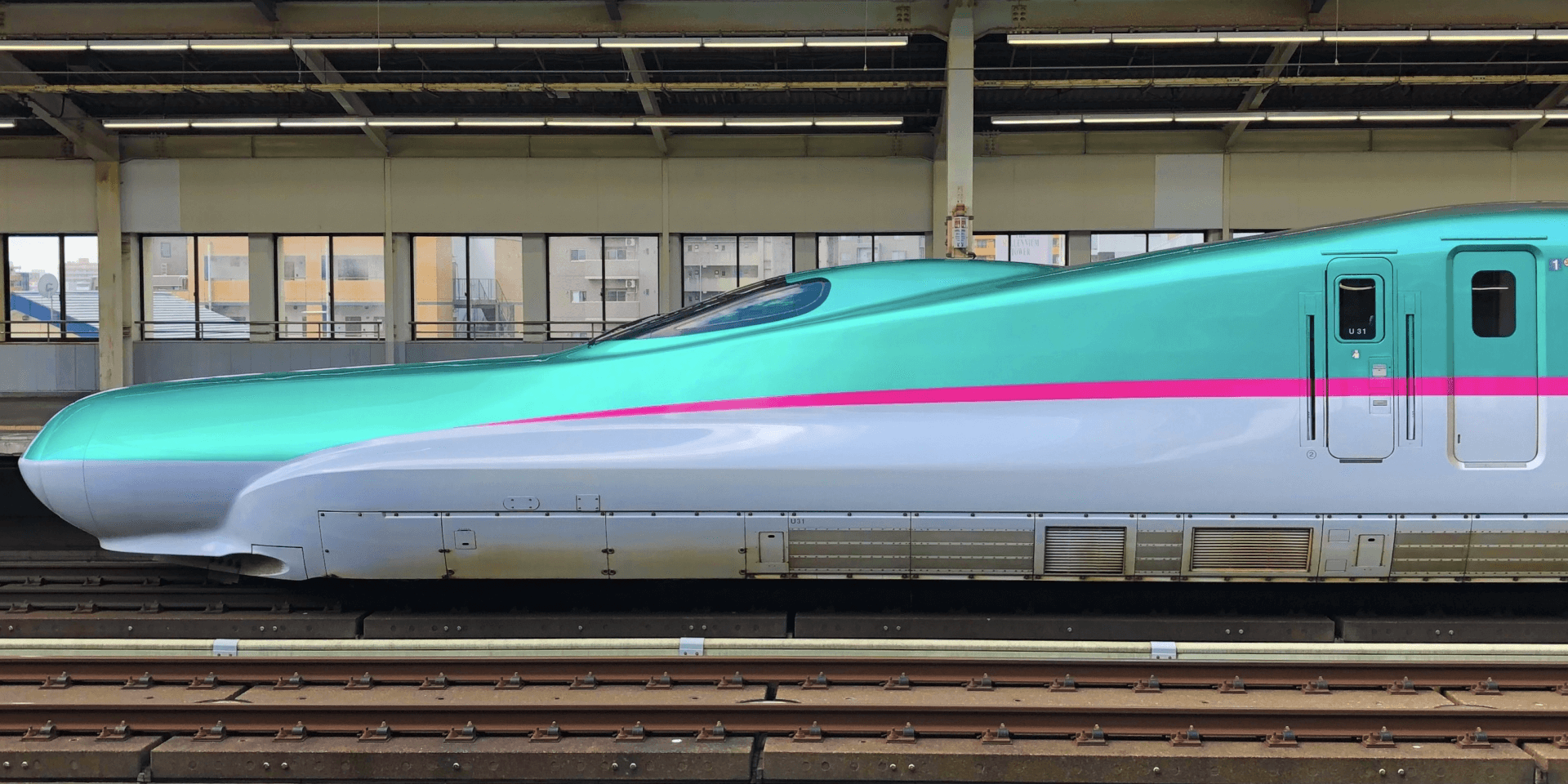
Sendai is serviced by multiple lines of which the Tohoku Shinkansen, Yamagata Shinkansen and JR Nikko Line will be of most interest to international visitors:
TOHOKU SHINKANSEN
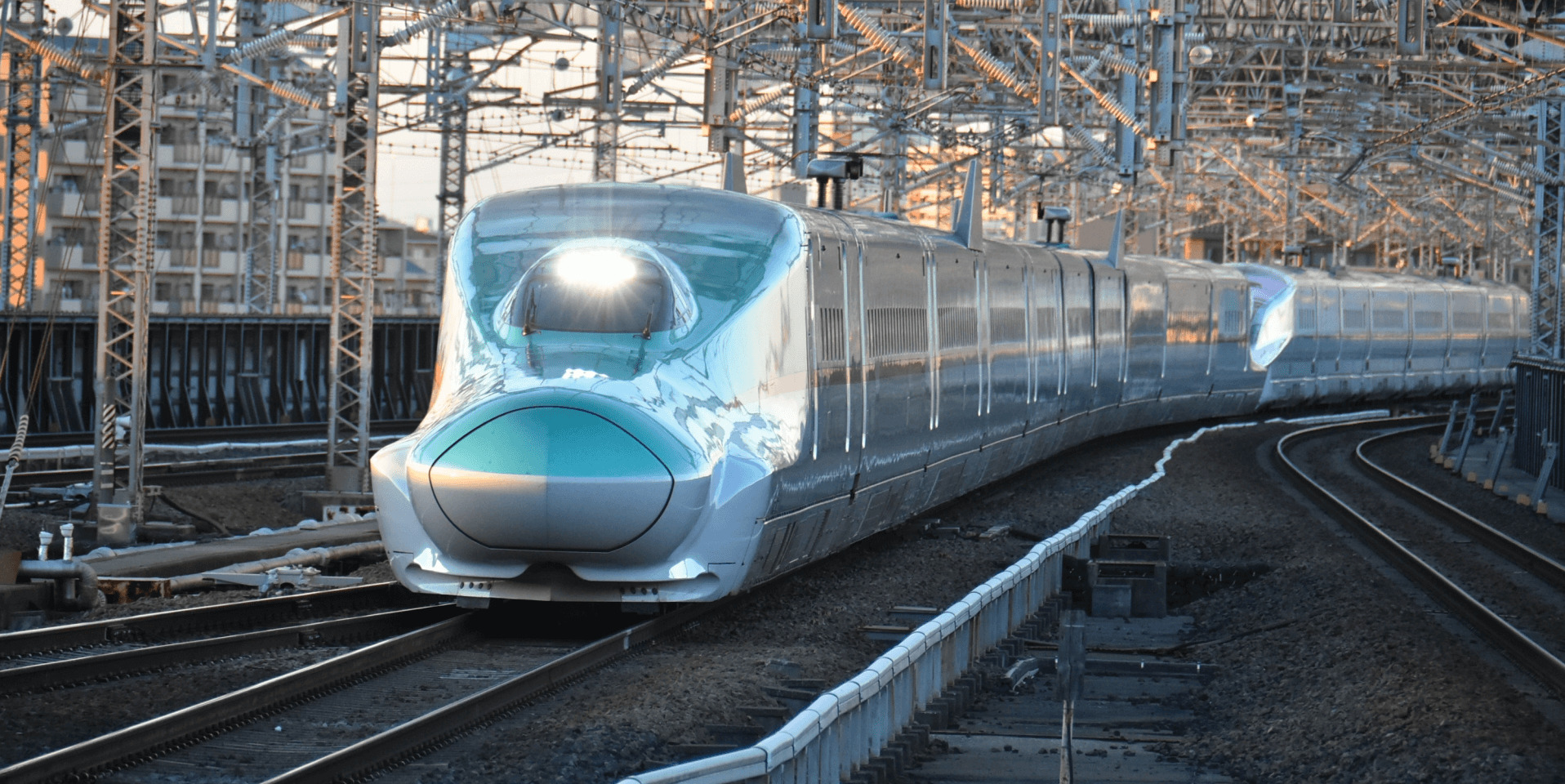
Running from Tokyo Station to Shin-Aomori Station, the Tohoku Shinkansen is the longest line of Japan’s legendary ‘Bullet Train’ network. Multiple services run along the line, of which the ‘Yamabiko’ and ‘Nasuno’ services stop at Sendai, along with some ‘Tsubasa’ services – making it easy to get to. Stops on the line include:
Tokyo / Ueno / Omiya / Oyama / Utsunomiya / Nasu-Shiobara / Shin-Shirakawa / Koriyama / Fukushima / Shiroishi-Zao / Sendai / Furukawa / Kurikoma-Kogen / Ichinoseki / Mizusawa-Esashi / Kitakami / Shin-Hanamaki / Morioka / Iwate-Numakunai / Ninohe / Hachinohe / Shichinohe-Towada / Shin-Aomori
The earliest service bound for Sendai departs Tokyo just after 06:00 with the latest service departing Tokyo at just after 23:00. Shinkansen services operate from Platforms 1 to 4 at Utsunomiya Station. Travelling from Tokyo to Utsunomiya takes around 50 minutes and costs: non-reserved JPY4490 / reserved JPY5220 / Green Car JPY7290 / Gran Class JPY10,400*. For more detailed information about using the Tohoku Shinkansen including explanation of the services, fares and timetables, please use the link above.
YAMAGATA SHINKANSEN
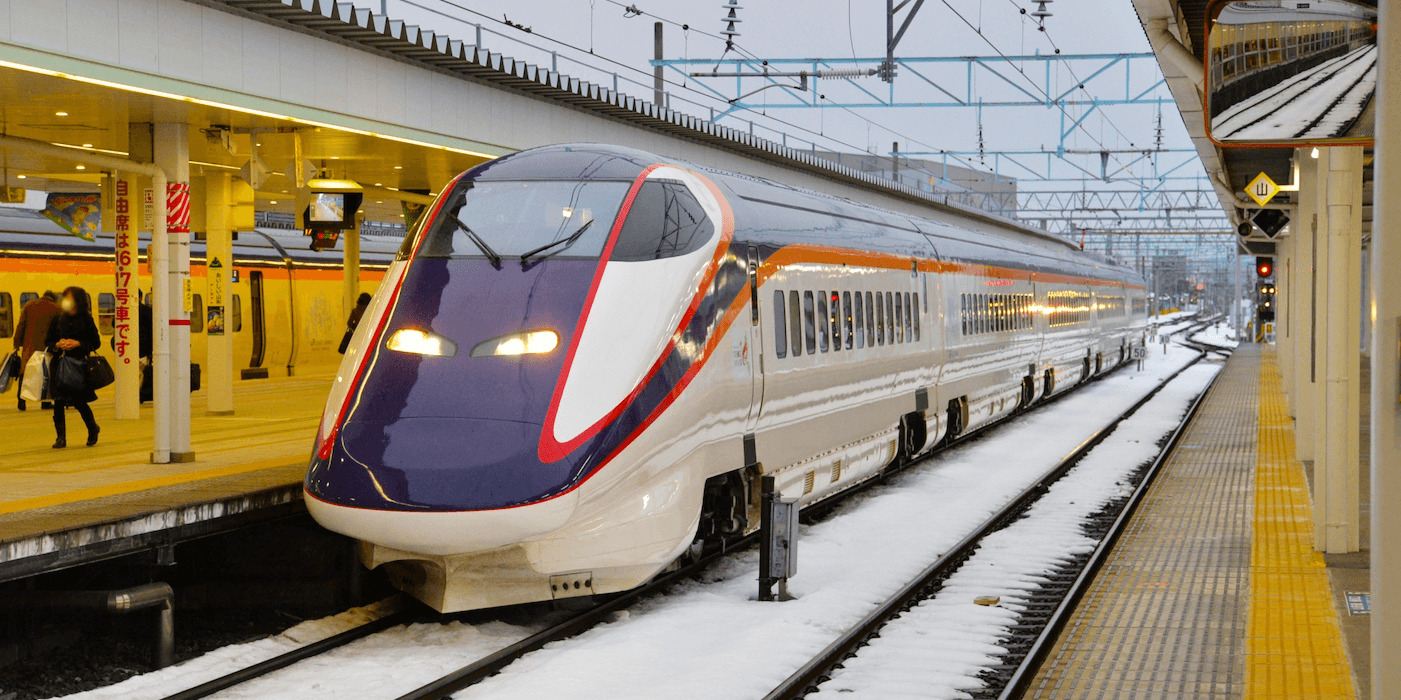
The Yamagata Shinkansen is regional line branching-off from the main Tohoku Shinkansen line at Fukushima Station and running onto Yamagata Station and Shinjo Station in Yamagata Prefecture. Some ‘Tsubasa’ services from / to Tokyo will head onto the Yamagata line via Fukushima and given that Utsunomiya Station sits between Tokyo and Fukushima, it is effectively connected to the Yamagata Shinkansen line. There are a couple of direct services each day with a one-way journey from Utsunomiya to Yamagata Station taking around 120 minutes / JPY9010 or around 170 minutes / JPY10,450 to Shinjo. If you there are no direct services at the time of day you intend to travel, transferring services at Fukushima Station shouldn’t add any cost or a great deal of time to your journey.
OTHER TRAIN LINES
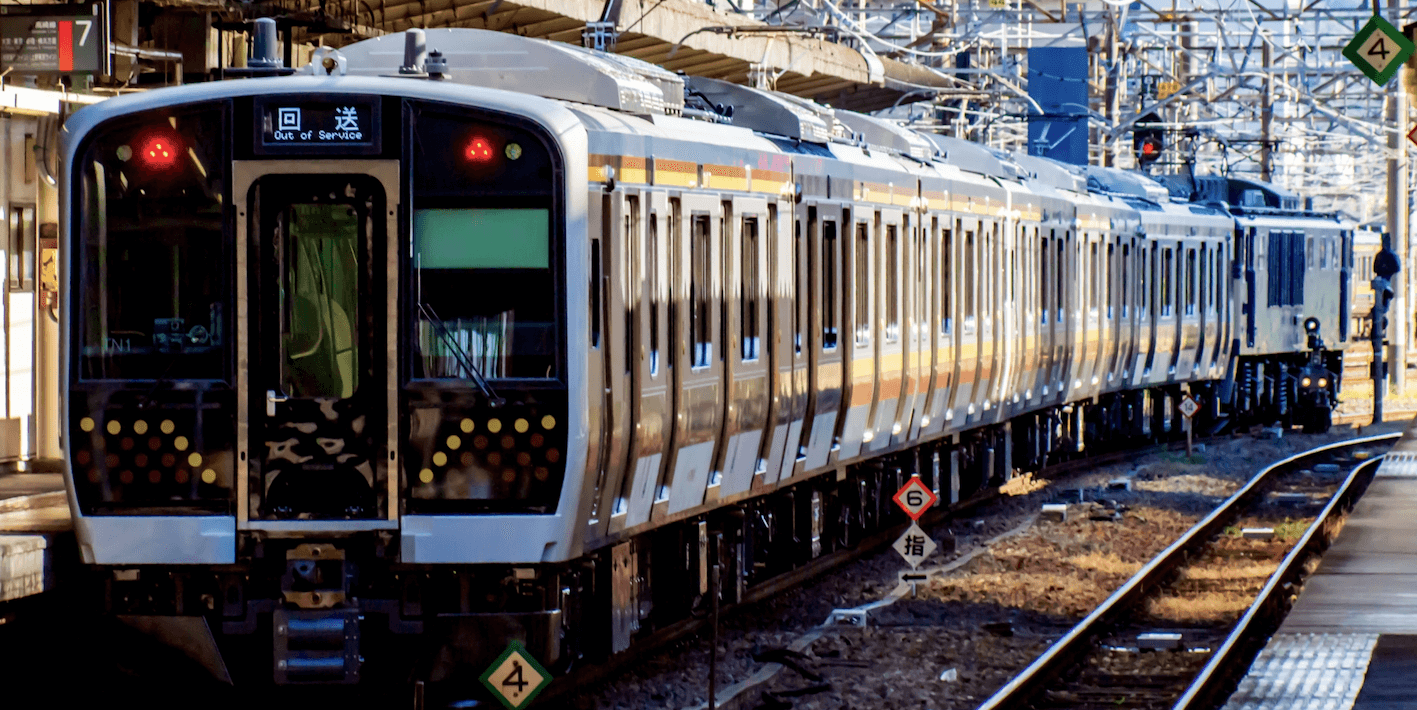
Multiple regional lines operate to and from the station providing access to destinations including Nikko:
Nikko Line bound for JR Nikko Station is a fast and convenient way to reach the popular town. There are regular services throughout the day, starting just before 06:00 and running until shortly before 23:00. The journey takes 40 to 45 minutes and costs JPY770 one-way. This is a standard local service with no reserved seating. It is covered by the Japan Rail (JR) Pass. Services depart from Platform 5 at Utsunomiya Station.
Utsunomiya Line / Tohoku Main Line bound for Tokyo, Oyama, Kuroiso and Nasushiobara – a popular ‘onsen’ (hot spring) area.
Shonan-Shinjuku Line bound for Zushi and Shinjuku in Tokyo.
Karasuyama Line bound for Karasuyama.
*All prices are valid as of March 2022 but subject to change.
RAIL PASSES COVERING TRAVEL TO UTSUNOMIYA
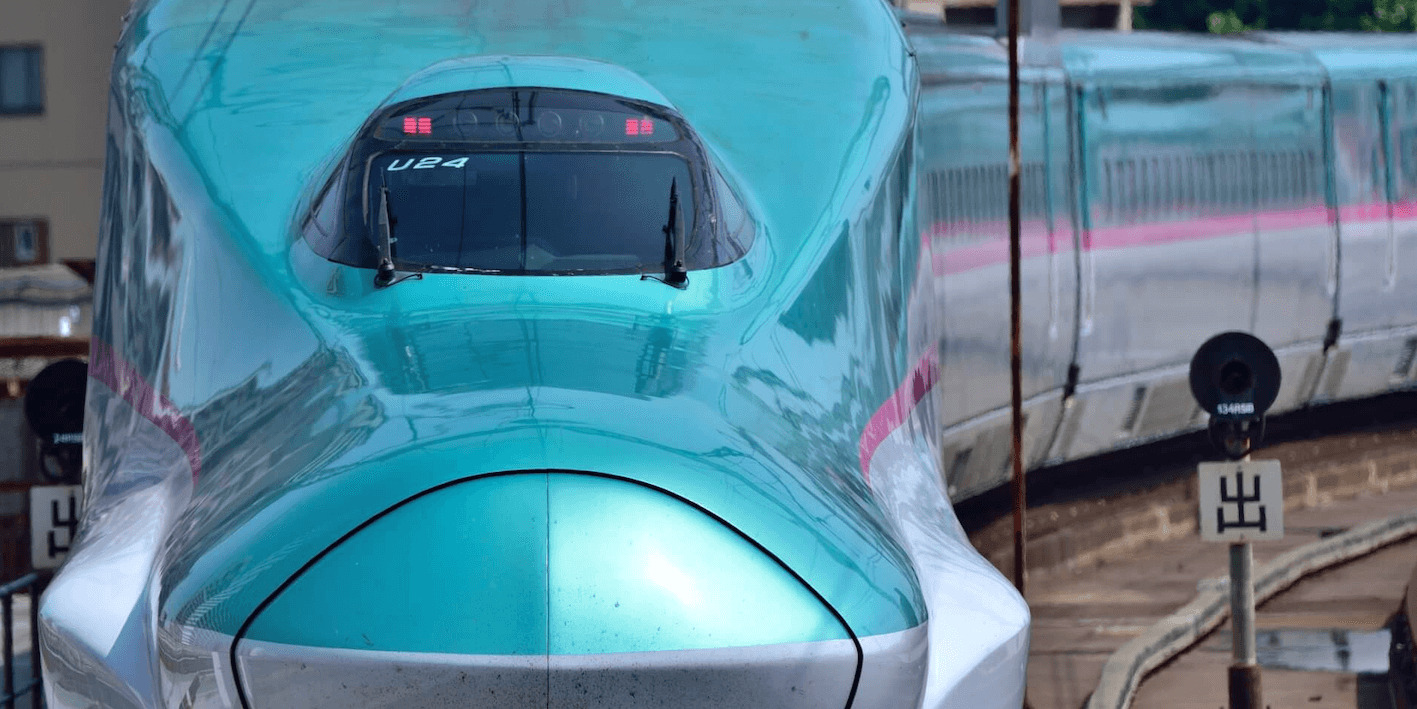
There is no escaping the fact that travel using the shinkansen and other rapid services is expensive. Given the speed and distances covered by these trains, travellers should think of them much like taking a flight, with tickets accordingly priced. International visitors to Japan have the option of purchasing one of several passes which allow for unlimited use of the Tohoku and Yamagata Shinkansen along with numerous other services such as the JR Nikko Line, including the:
JAPAN RAIL (JR) PASS
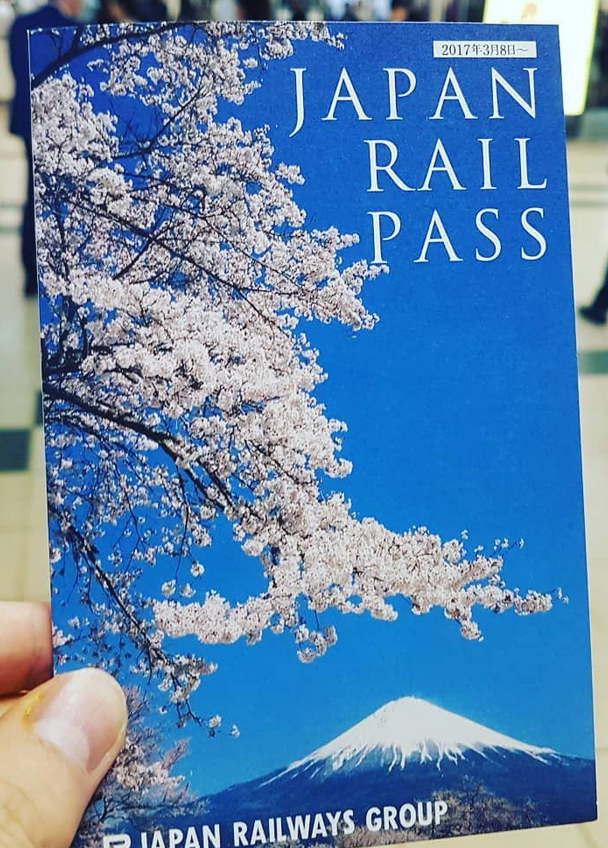
Covering all 9 shinkansen lines in Japan and many other train services, the JR Pass is a great option for visitors planning to use the shinkansen more than a handful of times and/or travel large distances. Travelers have the option of 7, 14 and 21-day passes covering either Ordinary or Ordinary and Green Cars. The JR Pass allows for use of any service on the Tohoku / Yamagata Shinkansen line along with the JR Nikko Line at no additional cost but noting that should holders wish to have a reserved seat, they are still required to book a seat at the ticket office (at no additional cost).
PURCHASING & ACTIVATING A JR PASS
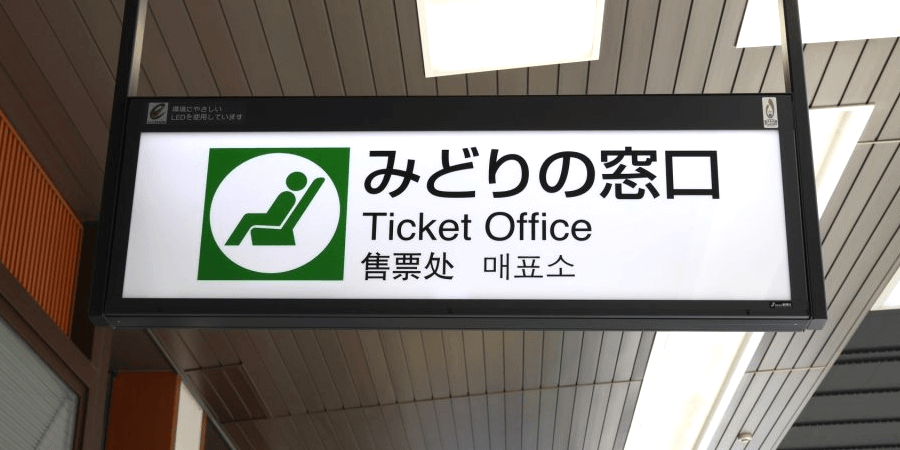
Passes can be purchased via the official website or via a JR-affiliated sales office. Once you completed payment, you will receive an exchange order. This is a proof of payment and looks almost like a flight ticket with your personal details, type of Pass, and validity (three months from the date of issue). It is important to note that the exchange order is not your actual pass and will need to be exchanged for your pass once in Japan. Whatever you do, do not lose the exchange order and prioritise exchanging it for your pass when you arrive.
The pass listed above is valid for travel to and from this station. Before using a pass, it must first be exchanged/activated. It is important to note that JR passes cannot be exchanged/activated at Utsunomiya Station. Exchanging/activating the pass can however be done at numerous offices located at airports – including Narita Airport and Haneda Airport in Tokyo – and major train stations throughout Japan. If you have the time, we recommend activating your pass while at the airport. Otherwise, passes can also be activated at these stations on the Tohoku Shinkansen line: Tokyo Station / Fukushima Station / Sendai Station / Morioka Station / Shin-Aomori Station.
To exchange/activate your pass you will need your exchange order and passport. Make sure you allow adequate time to exchange and activate your pass if you are intending to use it on the same day or do so a day or two before you plan to start using it (you can always nominate a later activation date). Once you have your activated pass you are free to ride however you can’t insert your pass into the ticket gates. Simply walk through the side booth (permanently attended by station staff) and show your pass. You will be waved through and you can make your way to the platform.
UTSUNOMIYA TOURIST INFORMATION
Open daily from 08:30 to 30:00 (closed Dec.29 to Jan.3) , the small Utsunomiya City Information Center is located on the second-floor of the station, next to the West Exit. English-speaking staff on-hand to assist with any transport, sightseeing and accommodation enquiries. Other languages such as Chinese and Korean are not available at this time. Free WiFi is available inside.
20 THINGS TO DO AROUND NIKKO & WHERE TO STAY
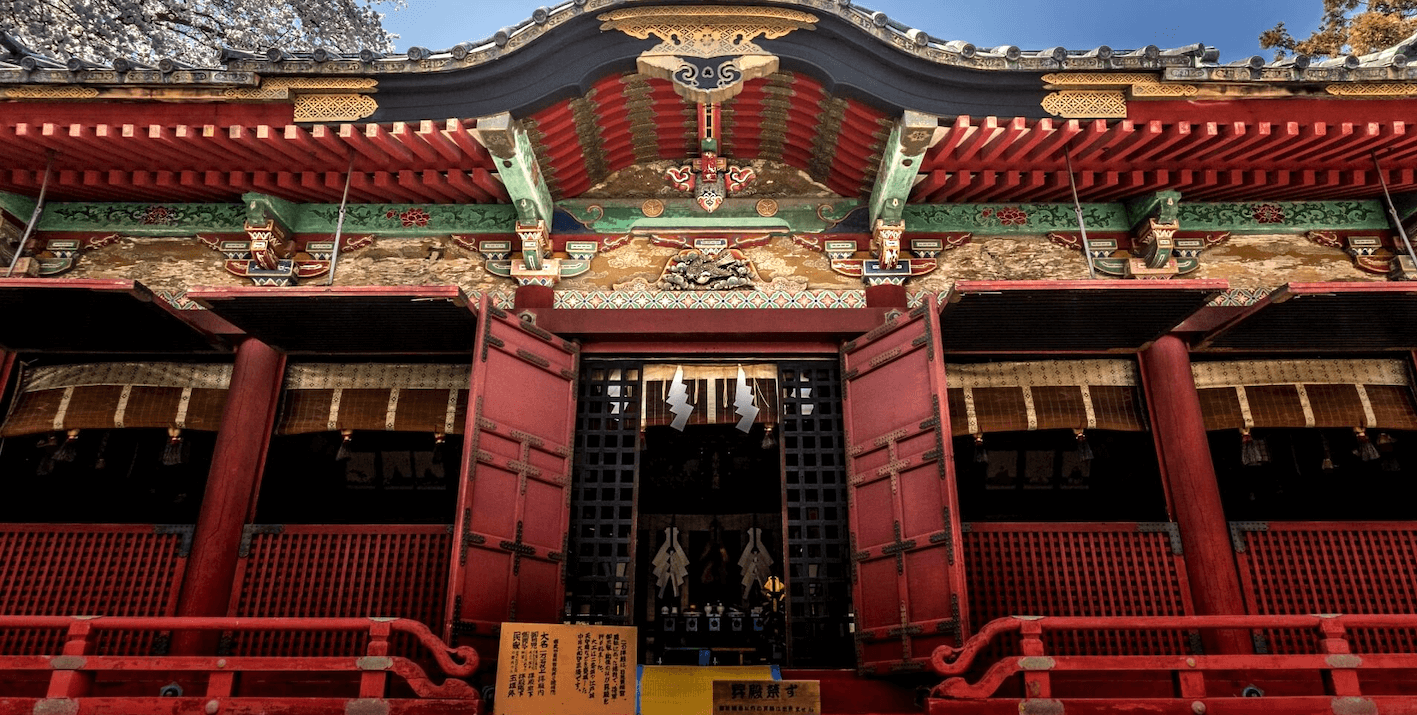
For many international visitors to Japan, Nikko is one of their ‘must-visit’ destinations thanks for the 17th century shrines and temples that are arguably the most beautiful historic buildings in the country. Spread across the Shinto shrines complexes of the ‘Toshogu’ and ‘Futarasan’ and the Buddhist temple complex of ‘Rinno-ji’, the Nikko shrine and temple complex comprises one hundred and three religious buildings set amongst a splendid natural setting. It is a destination that can be enjoyed all-year-round as each season highlights the beauty of the complex in a different manner. Indeed, while the shrines and temples are what draws most visitors to Nikko, once there you’ll discover a beautiful region of natural landscapes including waterfalls, gorges, hiking trails and hot spring towns worth taking time to enjoy over multiple days. Our ’20 Things to Do Around Nikko & Where to Stay’ page includes recommendations of what to do when there and the best areas to stay.
PLAN YOUR VISIT TO JAPAN
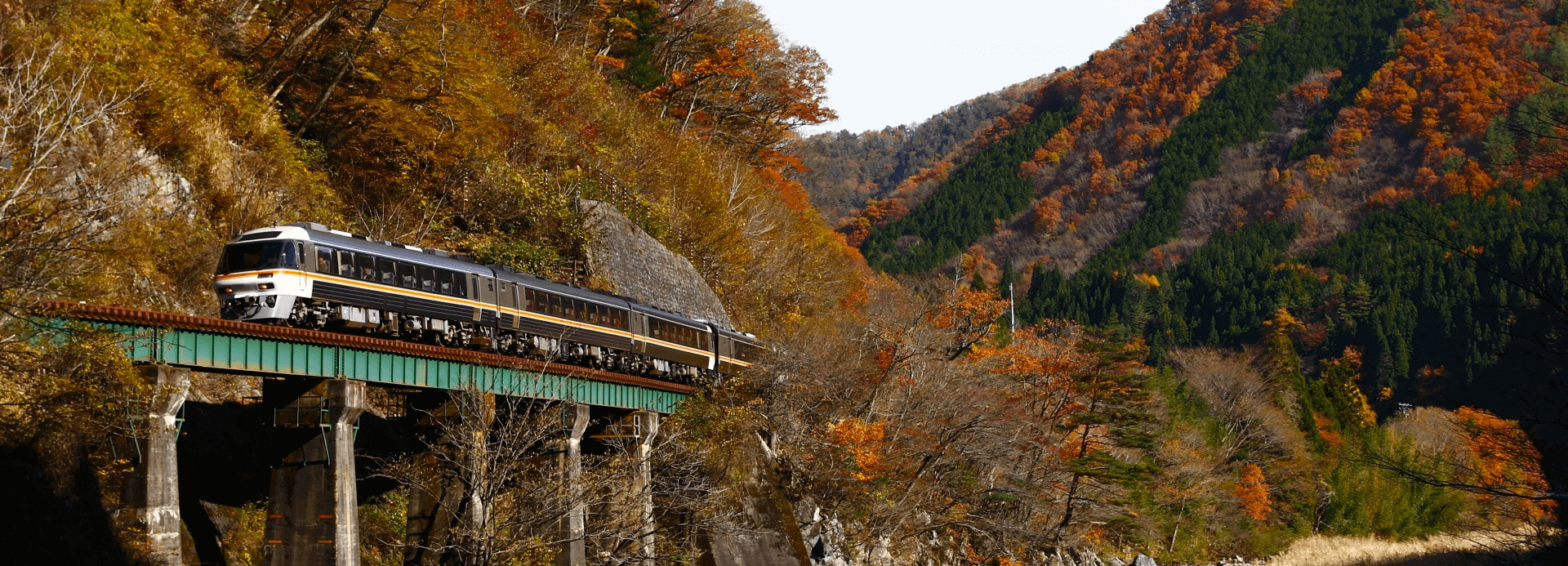

Utsunomiya Station is just one part of Japan’s fantastic rail network. Unfathomable in its size and efficiency, moving around the country by train is easy and comfortable opening-up all regions of Japan for exploration. Our ‘Plan Your Visit’ page has everything you need to know about visiting Japan – from tips on the best time to travel, times to avoid, entering and exiting the country, money matters, staying connected, accommodation, staying safe and healthy and plenty more to ensure that you get the most out of your time here.


